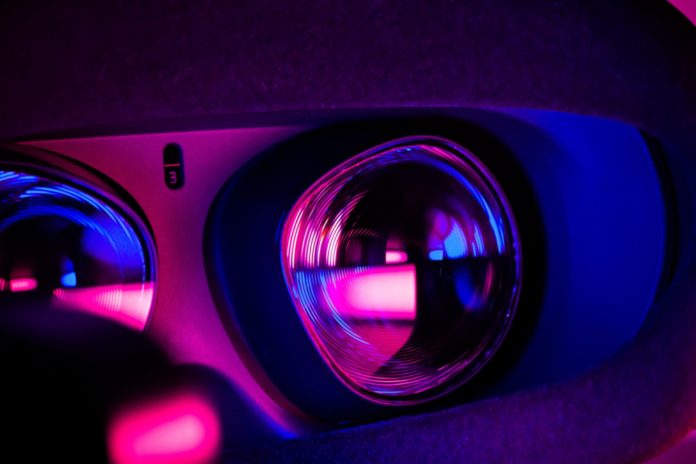According to Markets & Markets, the global AR and VR market is expected to increase from USD 37.0 billion in 2022 to USD 114.5 billion in 2027. From 2022 to 2027, the global AR and VR market is predicted to develop at a rate of 25.3%.
The most important factors driving the size of the worldwide AR market in 2022 are:
- Application of AR devices in healthcare
- Increasing demand for AR in retail and e-commerce
- Partnerships between telecom players and AR manufacturers to reduce latency
- The rise in demand for AR in architecture
- Applications of VR in training and education
- The high growth in travel, tourism and enterprise applications
Recommended read: Etsy unleashes Augmented Reality for Online Shopping

The hardware market for AR and VR is predicted to develop faster than the software market.
Hardware devices have a limited market right now. However, due to the increasing adoption of AR and VR hardware devices, it is predicted to increase at a faster rate than the software market.
Increasing penetration of AR software solutions and their compatibility with existing hardware devices are expected to drive the growth of the AR and VR market for software during the forecast period.

AR technology is anticipated to grow in the software segment through the emergence of various emerging AR projects that will evolve into large-scale projects.
With the increasing boom of VR hardware such as VR headsets for gaming, entertainment, and training, the VR market for hardware is likely to have a higher market share in the forecast future.
The broad availability of AR software in the market has slowed the growth rate of the AR market for software.
Also read: IDC identifies Four Leading AR Enterprise Platforms
VR Oculus for Business
In the year since Meta introduced Oculus Quest, demand for VR has skyrocketed, not just for entertainment, but also for immersive professional training and virtual meetings, noted Meta recently.
Here’s a sample of businesses that are using Meta Platforms’ VR Tools for business.
- Sales folks at Nestle Purina are using VR to visualize retail displays and gather sales teams while reducing travel.
- Johnson & Johnson Institute is training surgeons with Oculus and helping improve patient outcomes.
- Employees at Hilton are using interactive simulations to gain a deeper understanding of the complexities of hotel operations.













